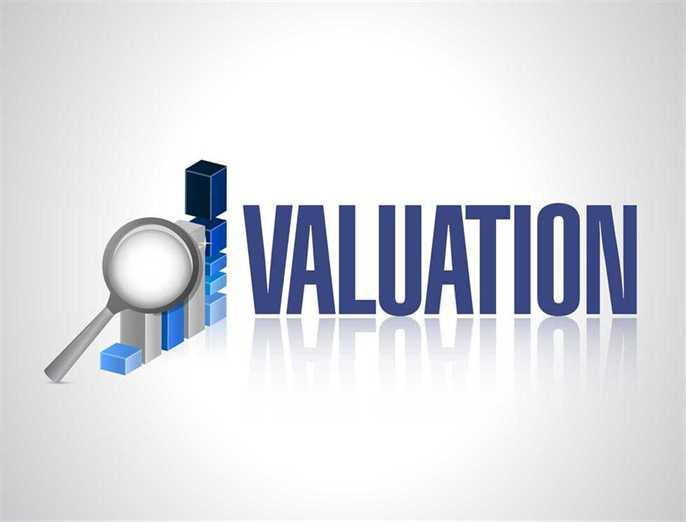How much is a business worth? Do you simply add up the business’s assets and call it a day? Of course not. That wouldn’t account for the intangible assets of the business, like knowledge and expertise. Do you simply look at a business’s current revenue stream and call that its value? No – that calculation fails to account for peaks and valleys, and it fails to account for business assets that aren’t calculated as revenue.
There are several different methods available for determining the value of a business. These methods are useful not just for determining your own business’s value (in case you want to sell or merge), but to determine the value of your competitors’ businesses – assuming you have access to some information about them.
The simplest way of valuing a business is called market capitalization – take the company’s share price, and multiply it by the number of shares. That’s how the value of large corporations like Apple is determined, but this method only works for businesses with shares, the value and number of which are publicly available.
Looking to buy a business that doesn’t have shares listed on the TSX? You’re going to have to get more creative in your valuation methods. You might try the breakup value method, which takes the current market value of all of the business’s assets, then subtracts all liabilities and liquidation costs. This method’s beauty is in its simplicity, but it might not give you a great idea of how much revenue you can expect from the company.
Yet another method of calculating the value of a business is discounted cash flow (DCF). This method is complex enough to warrant its own article, but the basics are simple enough. Money today is worth more than money tomorrow because you can invest money that you earn today. The method looks at how much your projected earnings would be worth today by applying a discount rate (for business, often the weighted average cost of capital, or WACC) on projected earnings, and subtracting the total cost of investment from those discounted earnings.
These are just three of the many different methods of valuing a business. Each method has its own strengths and shortcomings, so it’s not obvious which one you might use. Realistically, using only a single method will result in flawed data. Instead, you should use multiple methods of valuing a business to try to determine the low and high ends of what a business might be worth. Remember, all of these business valuation methods simply estimate a business’s value – in the end, economics reigns supreme, and anything is only worth what someone is willing to pay for it.
Need help evaluating the value of your business, or looking to buy or merge with another business? Found that you were scratching your head reading the section about DCF? We are tax accountants in Winnipeg who can do much more than just help with your taxes – we can help you understand and complete proper business valuations.

